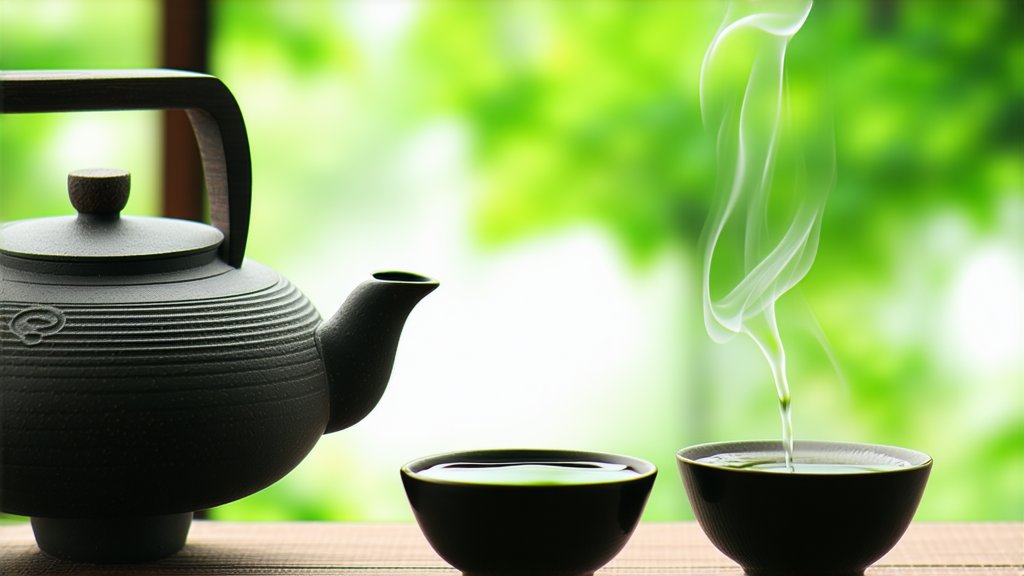
The world of tea is vast and varied, offering a rich tapestry of flavors, aromas, and traditions that span continents and centuries. Among the myriad types of tea, oolong stands as a bridge between green and black teas, both in terms of its processing and flavor profile. This article delves into the fascinating history, diverse varieties, intricate processing methods, and nuanced art of tasting oolong tea.
Historical Background
Originating in China, oolong tea has a storied history that dates back to at least the Ming Dynasty (1368-1644). It is believed that the name "oolong" comes from the Fujian dialect, meaning "black dragon," which could refer to either the color of the tea leaves after oxidation or the mythical creature associated with mountains where the tea was grown. Over centuries, oolong tea has evolved, developing various regional styles and gaining popularity not just in China but around the world.
Varieties of Oolong Tea
Oolong tea can be broadly categorized based on the level of oxidation and the region of production. Some of the most well-known varieties include:
-
Tie Guan Yin (Iron Goddess of Mercy) - Originating from Anxi County in Fujian Province, this variety is known for its floral aroma and smooth taste. Its processing involves multiple stages of rolling and shaping, giving it a distinctive twisted appearance.
-
Da Hong Pao (Big Red Robe) - Also from Fujian, this is one of the most famous oolong teas in China. It is often referred to as the "King of Oolongs" due to its complex flavor profile that includes notes of fruits, flowers, and minerals.
-
Dongguan美人茶 - From Taiwan, this oolong is known for its high-altitude growth and unique processing method that gives it a fruity and slightly sweet flavor.
-
Phoebe Wuyi - Grown in the Wuyi Mountains of Fujian, this oolong is renowned for its mineral-rich content and robust flavor, often described as having a "rock" taste.
-
Oriental Beauty - Another Taiwanese variety, this tea is unique because it is bitten by a small green leafhopper during its growing phase, which imparts a distinctive honey and fruity flavor.
Processing of Oolong Tea
The production of oolong tea is a meticulous process that requires skill and precision. Here's an overview of the typical steps involved:
-
Withering - Freshly picked leaves are spread out to wilt under the sun or in shade, reducing moisture content and preparing them for the next step.
-
Bruising - The withered leaves are then tossed or shaken to further reduce moisture and begin the oxidation process. This step can vary in duration depending on the desired level of oxidation.
-
Fixation - To stop the oxidation process, the leaves are quickly heated, usually through pan-firing or baking. This step also develops the tea's flavor and aroma.
-
Rolling - The fixed leaves are then rolled to shape them and extract more juices, further enhancing the tea's flavor.
-
Oxidation - Depending on the variety, the leaves may undergo additional oxidation, ranging from partial (green oolong) to full (black oolong).
-
Roasting - Finally, the leaves are roasted to remove any remaining moisture and to develop their final flavor profile. The roasting temperature and duration can significantly influence the tea's characteristics.
Tasting Oolong Tea
Tasting oolong tea is an art form that allows one to appreciate its complex flavors and aromas fully. Here are some guidelines for a proper tasting session:
-
Observation - Start by examining the dry leaves and noting their shape, size, and color. High-quality oolong leaves often have a uniform appearance.
-
Aroma - Warm the teapot and cups with hot water to enhance the aroma. After brewing, take a moment to inhale the scent before sipping. Note any floral, fruity, or roasted notes.
-
Tasting - Take a small sip, allowing the tea to coat your palate. Pay attention to the initial taste, mid-palate flavors, and the aftertaste. High-quality oolong should have a balanced flavor with no overpowering bitterness or astringency.
-
Texture - Assess the mouthfeel of the tea. A well-processed oolong will have a smooth and silky texture.
-
Multiple Infusions - Unlike many other teas, oolong can be steeped multiple times. Each infusion will reveal different aspects of the tea's flavor profile, making it a rewarding experience for connoisseurs.
Conclusion
Oolong tea is a marvel of nature and human ingenuity, offering a wide range of flavors and experiences that cater to both casual drinkers and serious tea enthusiasts. Whether you're drawn to its rich history, diverse varieties, intricate processing methods, or the art of tasting, there's something about oolong tea that captivates the senses and invites deeper exploration. So why not embark on your own journey into the world of oolong tea? You might just find your new favorite cup among its many delightful varieties.